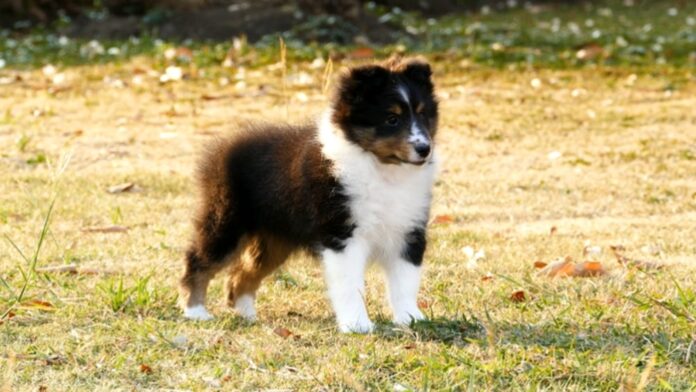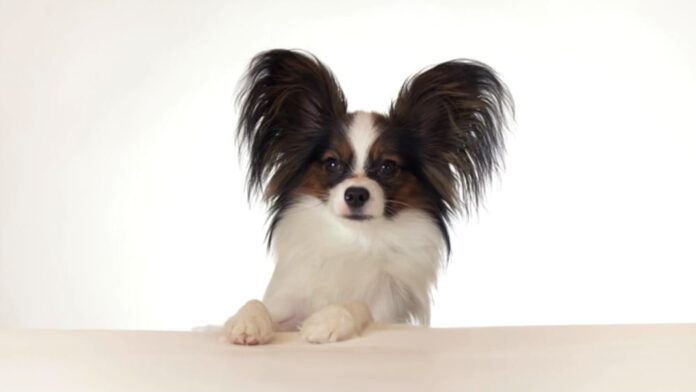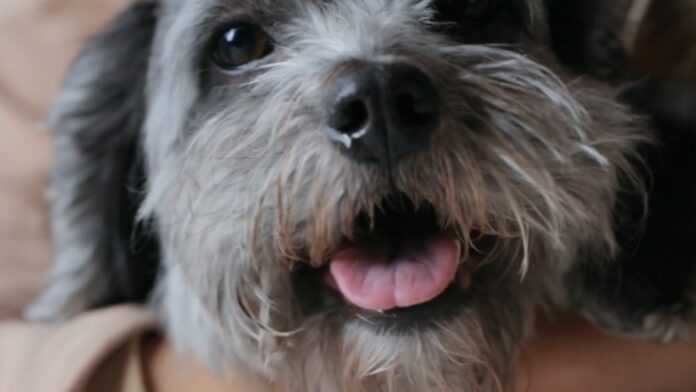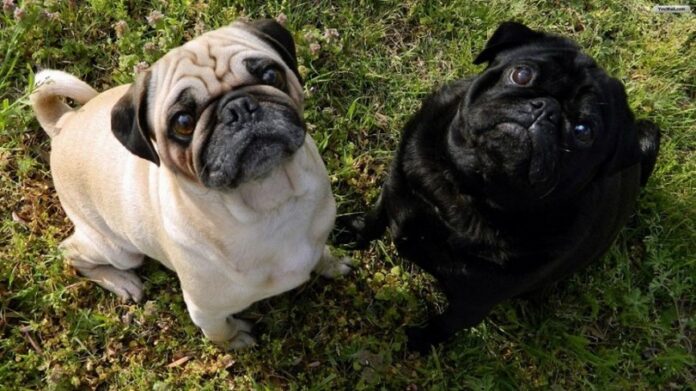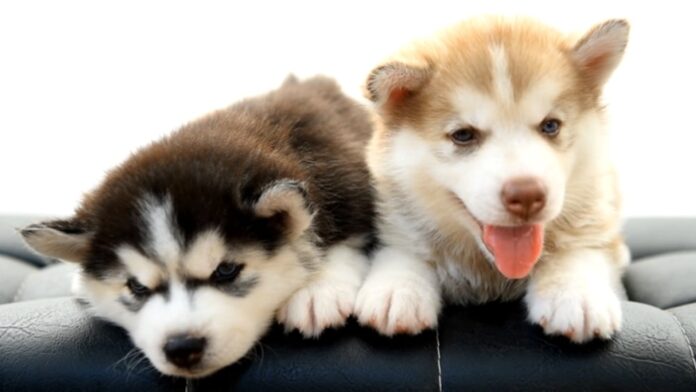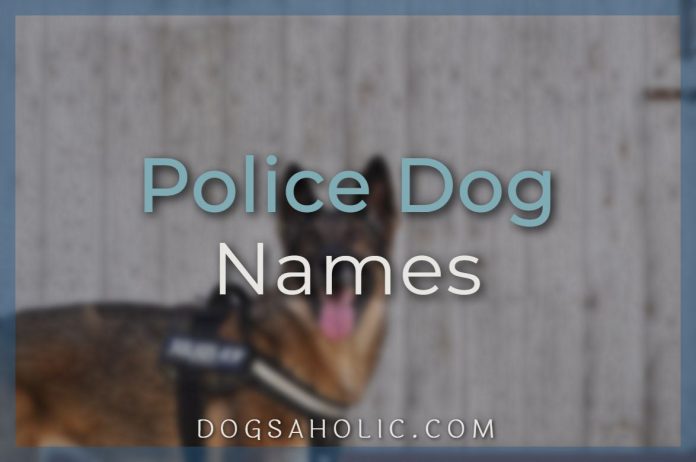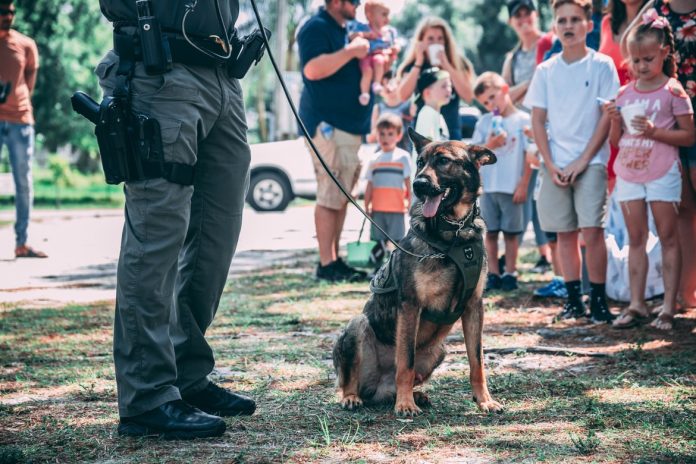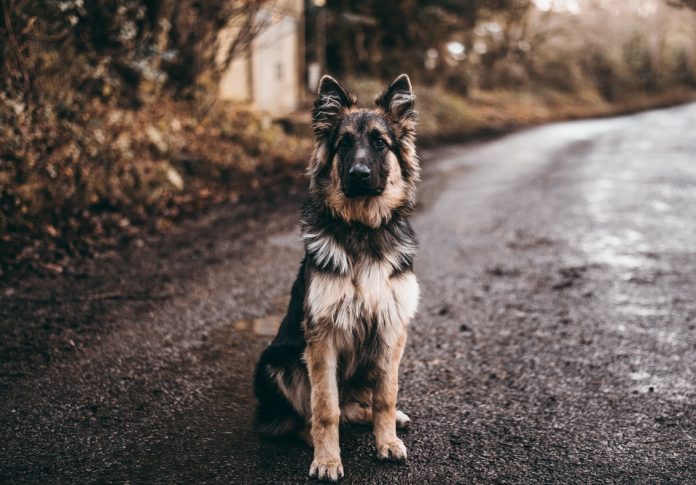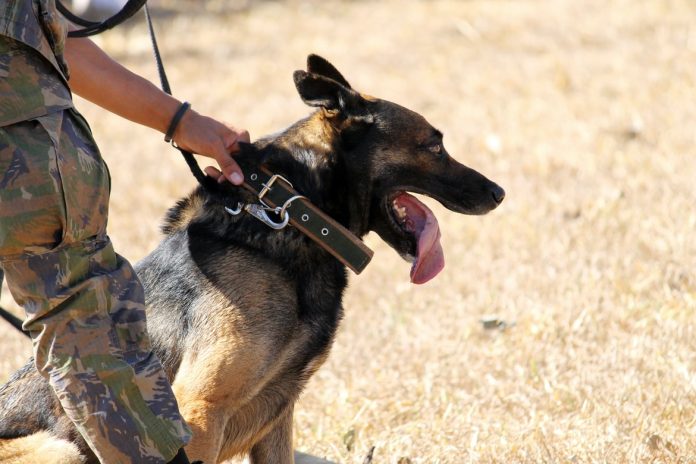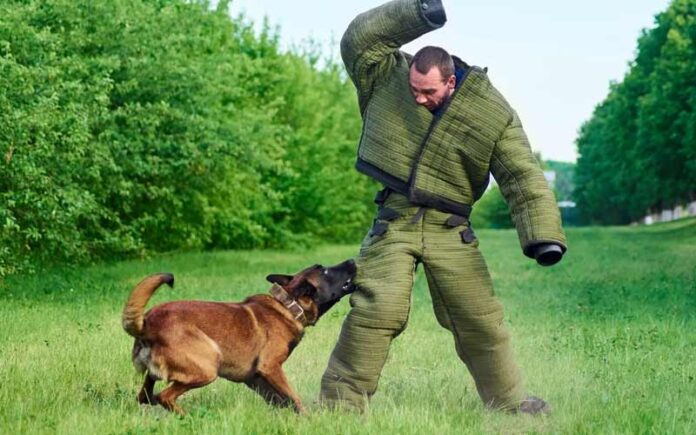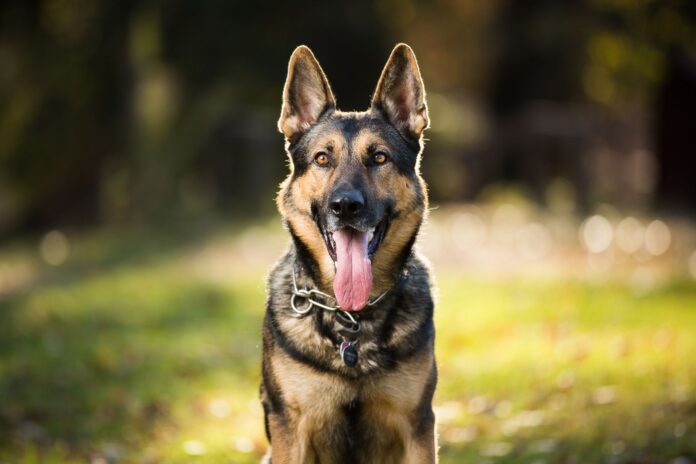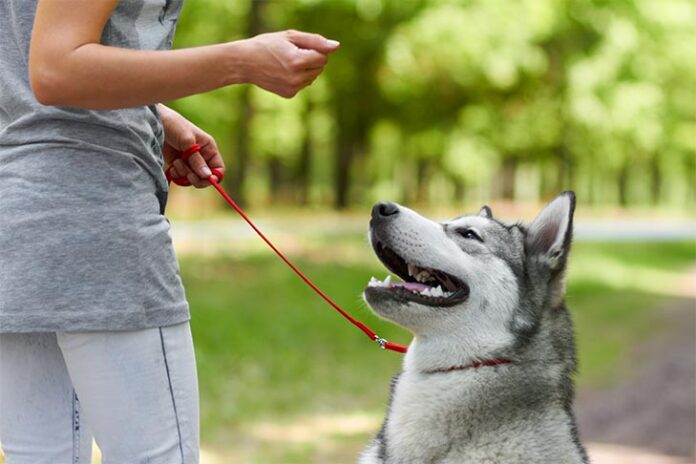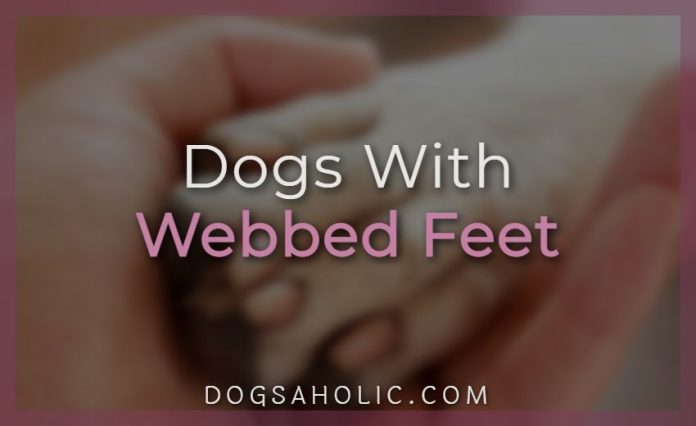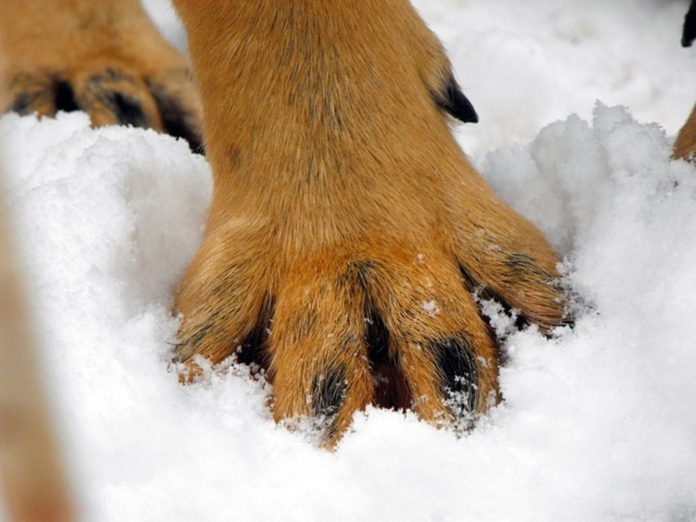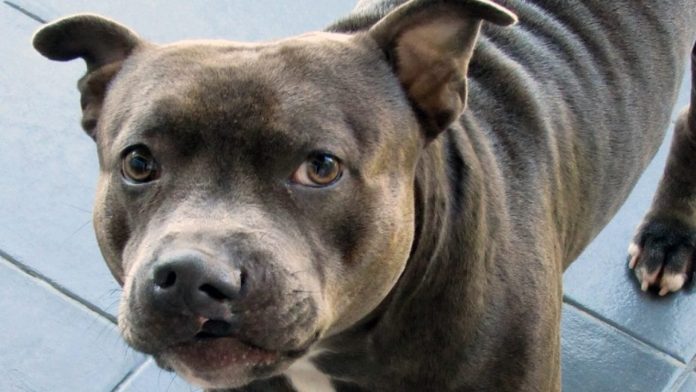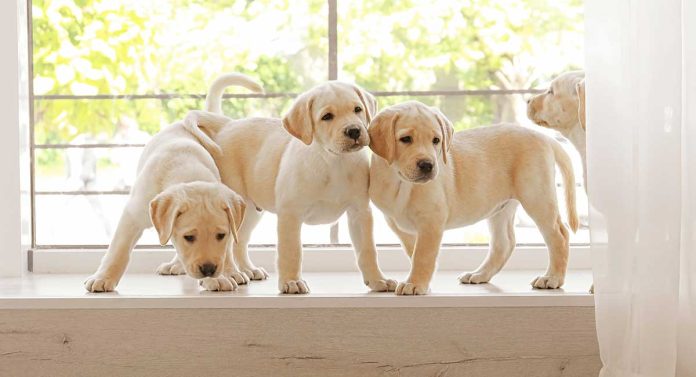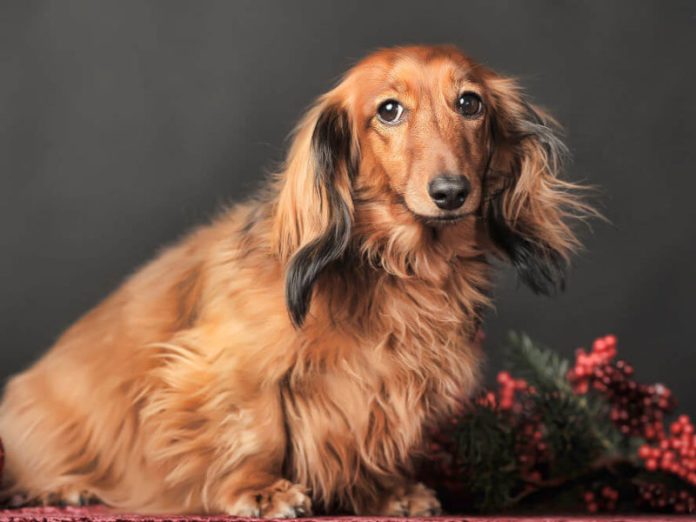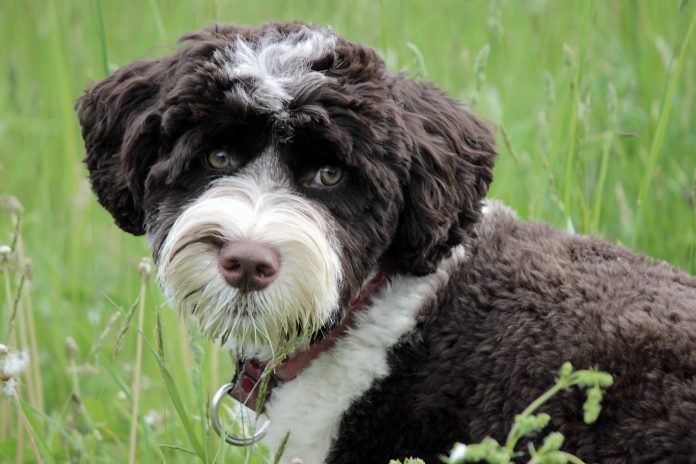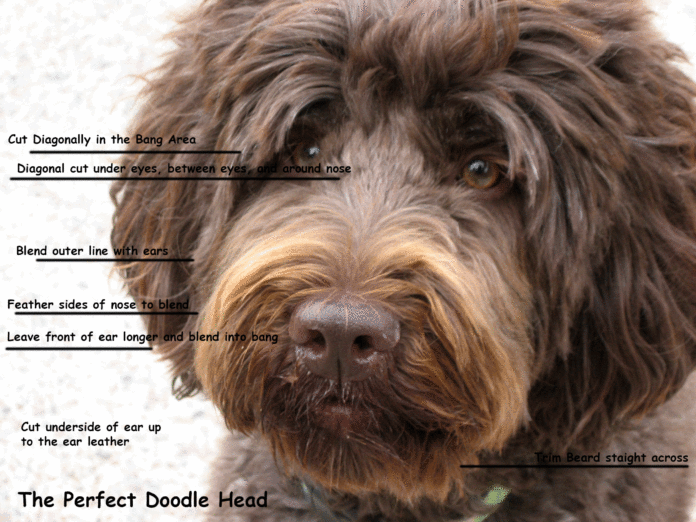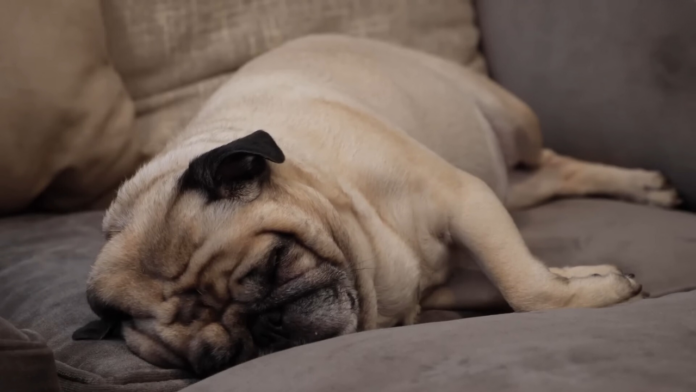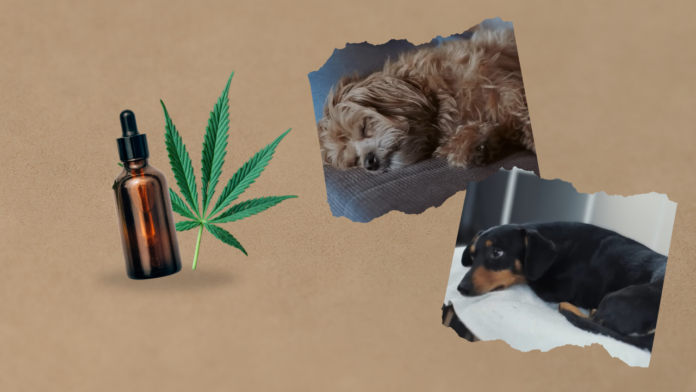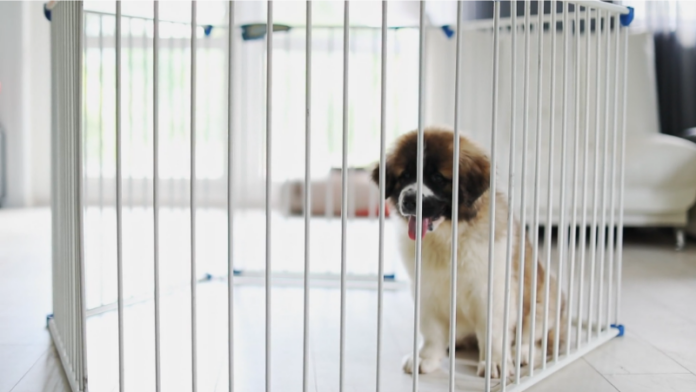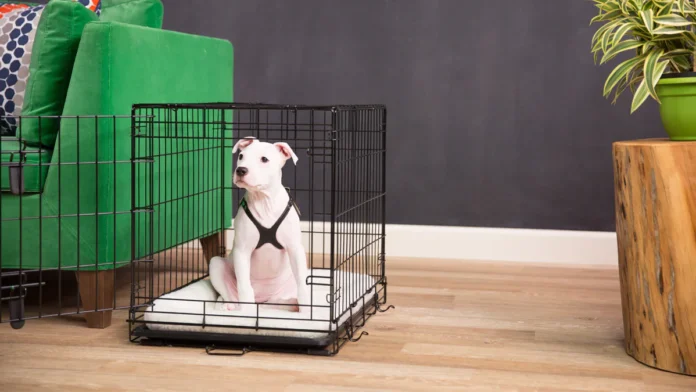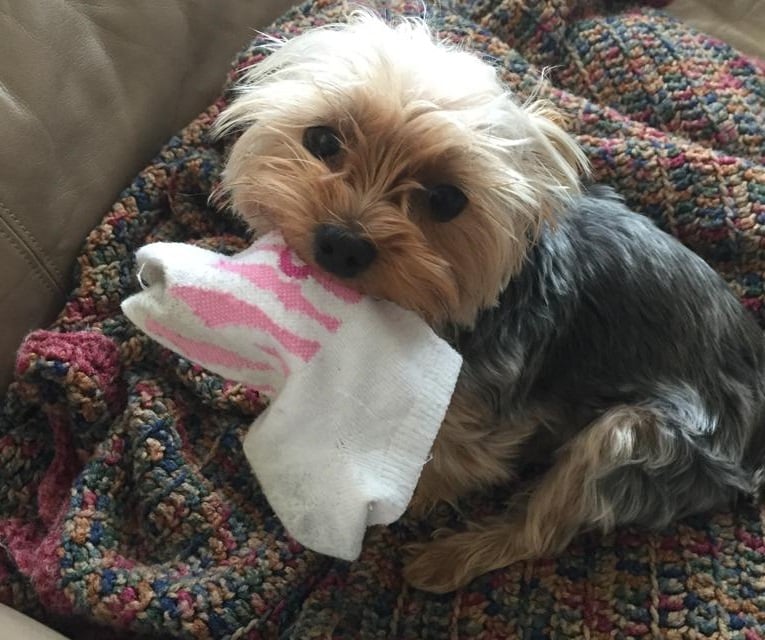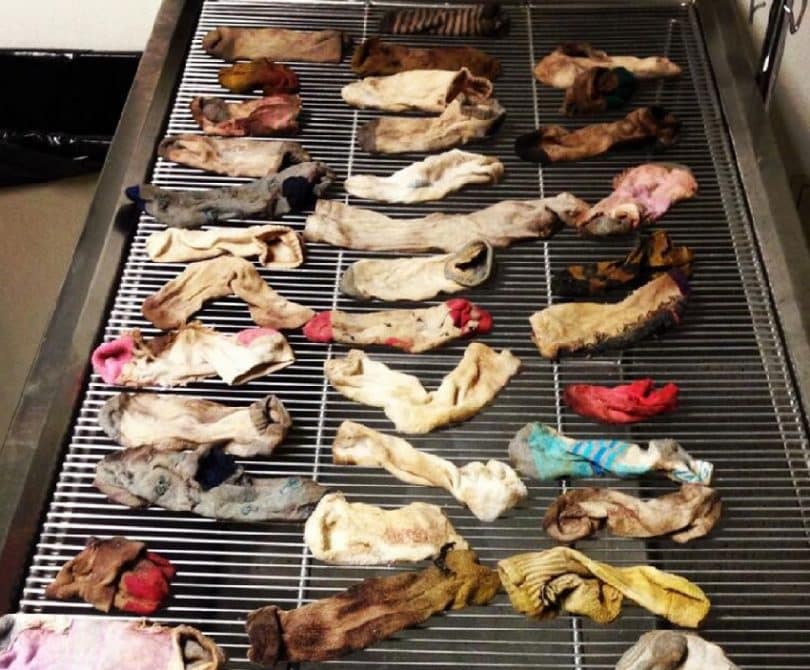There are many owners that just can’t leave their dogs alone and like to carry them wherever they go.
After all, a dog is your favorite companion and you should be able to enjoy his company in every type of situation. But how do you bring your dog to the places you want to go to without hassle?
Well, maybe the most common way of enjoying Fido’s companionship for a casual walk is a strap. But for long travels, you may need to have a backpack to carry dogs along with you.
For many dog owners, bringing their pets with them when traveling may not be the first choice. There are several reasons for this but the most important one is that it would be very difficult to carry them.

Another important one would be the safety of their pet dog especially for small breeds as they can be easily missed and it would be much easier to have them around in a backpack or dog carrier rather than carrying them in your hands.
The offer in this area is wide and you can choose from various models available on the market. But before getting into the details of choosing the right dog backpack for you, let’s further explain the importance of having a backpack to carry your dog around.
Uses of Backpack Dog Carriers
The use of backpacks to carry dogs would depend on the design of the dog carrier itself. Here are the things that you should remember and look for in a backpack dog carrier:
- It should have a removable and washable cloth for easy cleaning
- It should have a safety collar attached to the backpack so that your dog will not escape from the carrier
- Some carriers can be used as a seat for the dog in the car and you solve two problems with only one thing
- You can wear the backpack dog carrier like a backpack when you are traveling
- Choose a carrier that you think is most comfortable for your dog to be in
This list may be quite short but, in the end, it depends on your preference as to what you need and how you want it to be. Also you must take into consideration Fido’s preferences. If he’s not picky when it comes to color he will be when it comes to fabric and size so make sure he is comfortable in there.
Characteristics of a Good Quality Backpack Carrier for Dogs

Zipper With Locking Device
The most important thing that you should consider when choosing the right backpack for your dog is safety. Make sure that the zipper has a locking device and that it can only be opened from the outside.
This would prevent your dog from escaping the backpack. You wouldn’t want your pooch running around on the plane right? And if you’re going on a long flight with Fido, check our other article on safety tips when flying with your pooch.
Good Support, Durable Design and Structure
The shape and weight of the backpack is the key for easy carrying. Prepare your dog carrier such that you make sure of your dog’s safety and enjoyment. Fill the dog carrier with toys or treats for your dog to play with while traveling but make sure that these are only as heavy as your dog.
Our article on the top dog treats that your dog will love is a must-read. The dog carrier should not collapse especially in the middle section. It should also have a hard and sturdy base to properly carry your dog and not sag.
Also, check the strap and try it on. It should be comfortable for you to wear when you are carrying the backpack with your dog inside.
Material of the Dog Carrier
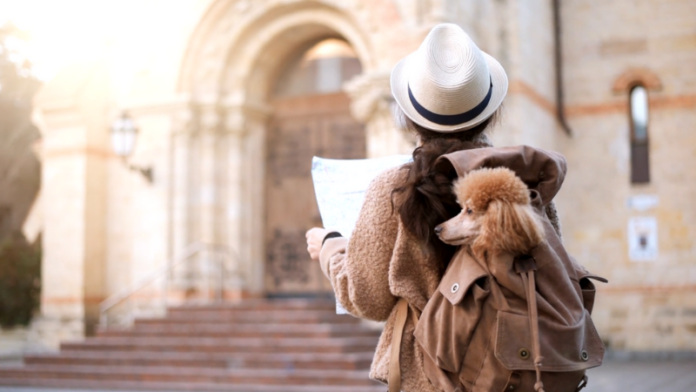
Choose a carrier that is made from high-quality and sanitary material. Your dogs might shed some hair and leave crumbs from the treats when they are inside the carrier.
This characteristic is especially important for dogs that are still in training and are not used to being in the carrier.
Pick base support that is made from a material that is easy to clean and can hold liquid while you can’t clean it yet. Don’t pick a dog carrier with a wooden board as support.
Choose the Backpack According to Use
The dog carrier that you choose would largely depend on the intended use and, more importantly, the price.
There are many occasions when you’ll be needing this bog backpack and we’re going to discuss some of the most important ones so you can make of an idea of its importance in your life.
When You Visit the Veterinarian
You would need something that is simple and can be easily stored. Choose a design that would be best suited for everyone in your family. Try it on to see if it’s easy for you to carry and if you can adjust it in such a way that it is comfortable.
Think that your dog may be sick when you carry it to the vet so he needs to have space and feel comfortable in there.
When You Travel by Airplane

Look for a backpack dog carrier that is flexible and should have a good support. When you are buying a ticket for your ride, you may want to check out the standard or common space measurement under the airplane seat.
Preferably the airplane to where you are going to ride. You must also watch out for the weight limit for the baggage that can be taken with you while on flight. Some airlines have the center seat of their plane to have more space and the aisle has the least.
When You Are Traveling by Bus or Train
Some companies in the US, about 20%, allow their employees to bring their pets with them. It actually makes them less distracted with their work since they know they have their pets with them in their desks.
Since buses and trains are considered as public transportation, it is required that if you bring your pets with you, they should be in a fully closed dog carrier.
Find a dog carrier that has a safety lock and is fully closed. Also, an extra compartment on the carrier can be very helpful for you to store your laptop or business documents.
When You Travel by Car or Motorcycle
If you are traveling by car or motorcycle, your first concern would be safety. Make sure that your pet carrier can be secured by a strap to your car seat or body.
For those who are traveling by car, it is recommended that the carrier is equipped with a security leash and is enclosed.
This should be the main consideration so that when the car suddenly stops, your dog won’t be thrown out. If you are riding a bike or motorcycle, make sure that the backpack pet carrier can be strapped securely to your body.
Choose the Backpack Dog Carrier That Fits Your Dog’s Size

Dog carriers come in different sizes to fit your dog’s size and structure as well. The dimensions of the backpack carriers might vary from one brand to another but it’s basically labeled as a petite, extra small, small, medium, large and extra-large.
The maximum weight at which the backpack dog carrier can carry would also vary with the size.
Best Backpack Dog Carrier Available on the Market
Here are some of the dog carriers that are considered the best in the market. Some of these are most preferred by customers:
1. Prefer Pets Backpack Pet Carrier Red

This backpack dog carrier has a 5-star rating from its customers and it can be used as a backpack or over the shoulder as t comes with two padded shoulder straps.
It can also be washed with a machine. This pet carrier is a heavy-duty pack that can carry up to 20 pounds and the price is quite affordable at $40.
Users all over the world appreciate this backpack due to its color, stylish design and functionality. One customer has reviewed that it is a good pet carrier for traveling by plane. All reviews are generally good and in favor of using this product.
Like this amazing product? Then you can buy it on Amazon.
2. Zanies Casual Canine Ultimate Backpack Carrier

The Zanies Casual Canine backpack carrier has a good rating and its features include front side zips which opens into an optional mesh tent area. There is also a mesh side door that has been added for ventilation.
This backpack also has a side storage pocket where you can keep things that you need. The price may be a bit steep but at $61.10 you get quality and comfort.

According to customers’ reviews this backpack really comes in handy for small dogs. These tiny dogs are so cute and our article on miniature dog breeds is a must-read if you are thinking of getting one. Also, the backpack is said to have caused no back aches for those who have tried.
On the negative side, there are customers who experienced problems with putting their dogs in the bag because of its small opening. Also, it may feel unstable especially when carrying heavy weights. There should be a strap that could be used to secure the backpack dog carrier with a heavy load.
If you interested you can buy it here.
3. Prefer Pets Backpack Pet Carrier

The Prefer Pets backpack dog carrier can carry up to 20 pounds of weight. So, if you have large dogs that you want to bring with you when you travel, this backpack can offer you the functionality that you need.
The main material is heavy-duty nylon canvas and the bottom is removable. It is also designed with durable mesh-covered windows on all four sides for ventilation.
Another advantage is that it is an airline-approved in-cabin carry in most airlines. This also comes with a luggage ID. With these features, you are sure to have an all-around backpack dog carrier. Even with these exceptional features, this backpack dog carrier is affordable at $40.
If you interested you can buy it on Amazon.
Final Words
Positive feedbacks include that it is great for taking your dog hiking or on any outdoor activity that you want to share with your furry friend.
The camping tips that we’ve given in a previous article will let you have a great experience when you want to go camping with your dog. It also has a practical and durable design and customers love the tapered top which gives the dog more headroom when put in the dog carrier.
It also has straps which make it more stable to carry especially with heavy weights. Not just that, it also has a suitcase strap which can be used to strap the dog carrier around a rolling suitcase.
So, when you travel with a rolling suitcase you can place your dog on top and he’ll be secured with your luggage.
On the negative side, users complain that it sags in the middle and that the shape is not quite comfortable.
Other customers have experienced problems with using it during traveling because it cannot be securely strapped for safety. But overall, there are more satisfied customers than complaints so this can be put on our list with best backpacks for dogs.
There are many factors that you need to consider in choosing the right backpack dog carrier for your pooch but the most important ones are safety and functionality. The market is filled with various models and you should look thoroughly until you find the one that is right for both Fido and yourself.
As you already saw, this item is going to be an important part of your life when you want to enjoy your pooch’s companionship so try to make it as comfortable as possible for both of you.
Given the fact that it is an acquisition that you make only once, the price shouldn’t be such a deal-breaker and it should matter more the quality and usability. Regardless of your decision, we know you love your pooch and you’ll make the right acquisition!








